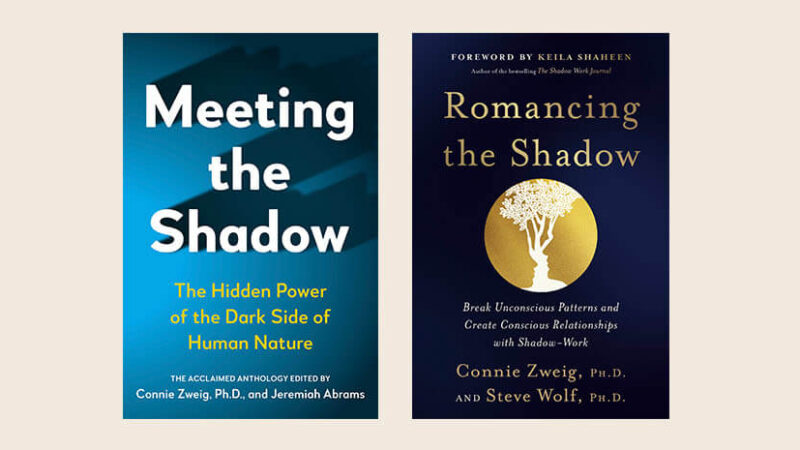Connie Zweig: “Meeting One of the World’s Leading ...
As a new generation joins the search for understanding and meaning in our ambiguous and uncertain world, there’s a growing resurgence of interest in the Shadow—Carl Jung’s famous term for the aspects of ourselves that hide in our unconscious yet often drive behaviors we’d rather not repeat. In this podcast, Tami Simon speaks with acclaimed Jungian therapist and author Dr. Connie Zweig about her life’s mission to help us grow in self-awareness and move toward personal and collective healing by learning how to work with the Shadow.
This aha-moment-filled conversation explores: meeting the Shadow on the spiritual path; ego formation during childhood; the concept of repression and the problem with the closet metaphor; why the Shadow hides—and when it erupts; “romancing the Shadow”; three cues to explore with respect to compulsive behaviors; “Shadow characters” and the practice of personifying aspects of the Shadow; the intergenerational aspect; engaging Shadow work at midlife; the superego; projection in relationships; sharing our secrets; money, sex, and power; shifting from a persona marriage to a Shadow marriage; the Vedanta tradition and the teaching on leshavidya, “the remains of ignorance”; the moral development missing in many spiritually advanced practitioners; illusions, idealizations, and archetypal projections; why the first reaction to meeting the Shadow is denial; Shadow projection in the politics of our times; step one: self-examination; bridging inner work and outer work wisely; how to practice “holding the tension of opposites”; cultivating nonduality in your own psychology; the “third thing” and the transcendent function; and more.
Note: This episode originally aired on Sounds True One, where these special episodes of Insights at the Edge are available to watch live on video and with exclusive access to Q&As with our guests. Learn more at join.soundstrue.com.


